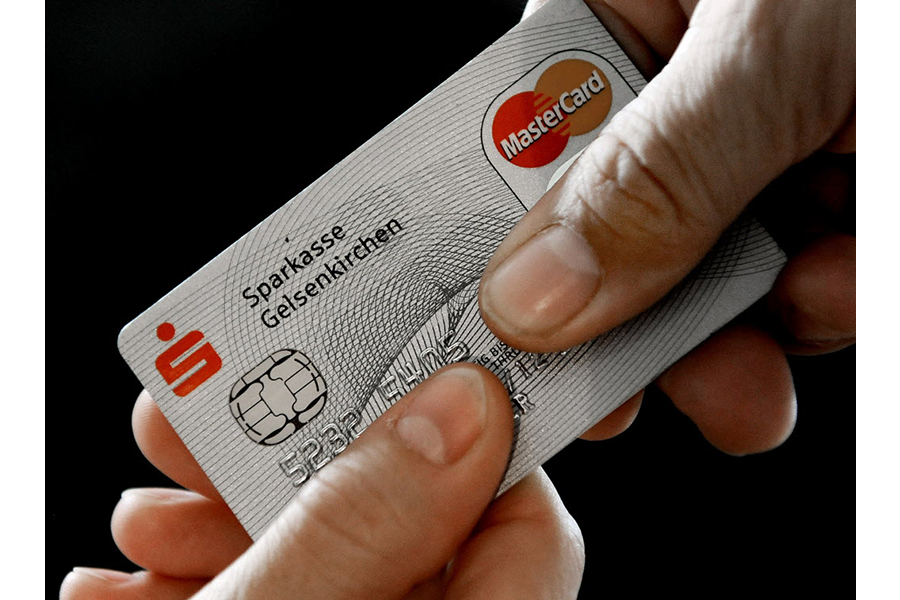Why we should design our computer chips to self-destruct
Loading...
You can’t steal what isn’t there.
That’s the idea behind superspy Ethan Hunt’s legendary self-destructing tapes in the “Mission: Impossible” movies, and now the concept is coming to life: Engineers at Xerox PARC have developed a chip that explodes into tiny, irreparable pieces upon command.
The new technology, unveiled at the Defense Advanced Research Projects Agency’s (DARPA) “Wait, What?” event in St. Louis Thursday, is part of the agency’s vanishing programmable resources project – and comes as concerns over data breaches and compromised privacy rise in a variety of industries, from healthcare to retail to military.
“The applications we are interested in are data security and things like that,” Gregory Whiting, a senior scientist at PARC in Palo Alto, Calif., told the IDG News Service. “We really wanted to come up with a system that was very rapid and compatible with commercial electronics.”
As digital technology evolves and grows dependent on increasingly accessible data, privacy advocates have raised the question of how to protect personal information and maintain obscurity. The result has been a growing interest in self-destructing or transient technology, which some experts say could play a key role in securing sensitive data in the future.
“Information retrieval technologies have allowed us to arrange and rearrange access to a dizzying set of public records and personal information,” wrote Christopher Kotfila, a research assistant at The Research Foundation for the State University of New York, in the Association for Information Science and Technology bulletin. But “while many benefits have come from the power of relevance-based search engines, one of the costs has been a loss of obscurity.
“Self-destructing data may provide the solution, shifting control over digital communication back to owners,” he wrote.
Already a number of companies have gone commercial with the concept.
Snapchat, which lets users send images or captions to friends for a window of time before the message becomes inaccessible, has become wildly popular since its launch in 2011, Mr. Kotfila noted.
Google’s Gmail service in June released an “Undo Send” feature that “allows people ... to cancel a sent mail if they have second thoughts immediately after sending,” according to the company’s blog – though the feature is limited to 30 messages. Another email service, Dmail, is a browser extension that encrypts messages and lets users choose when to let their emails expire, or self-destruct.
And Blackberry and Boeing teamed up last year to develop “a super-secure Android-based smart phone,” designed for workers in the defense and security fields, that can self-destruct if anyone tries to get at its hard drive, The Christian Science Monitor reported.
For DARPA, the goal is to create “electronics that last precisely as long as they are needed,” Alicia Jackson, a project manager for the agency, said in a statement last year. “The breakdown of such devices could be triggered by a signal sent from command or any number of possible environmental conditions, such as temperature.”
PARC’s new computer chip promises to do just that. Made of Gorilla Glass – the same tough material used for smartphone displays – the chip was built in heavy stress, so that certain triggers could cause the glass to shatter. At the St. Louis event, demonstrators triggered the chip’s self-destruct circuit using a photo-diode activated by a laser light, but mechanical switches and radio signals would work just as well, according to IDG News.
The chip presents an exciting prospect in applications such as computer security. If a chip fabricated on glass was used to store an encryption key, the destruction of the chip could assure complete destruction of the key in an instant – perhaps as part of a routine process or when the key falls into the wrong hands.








